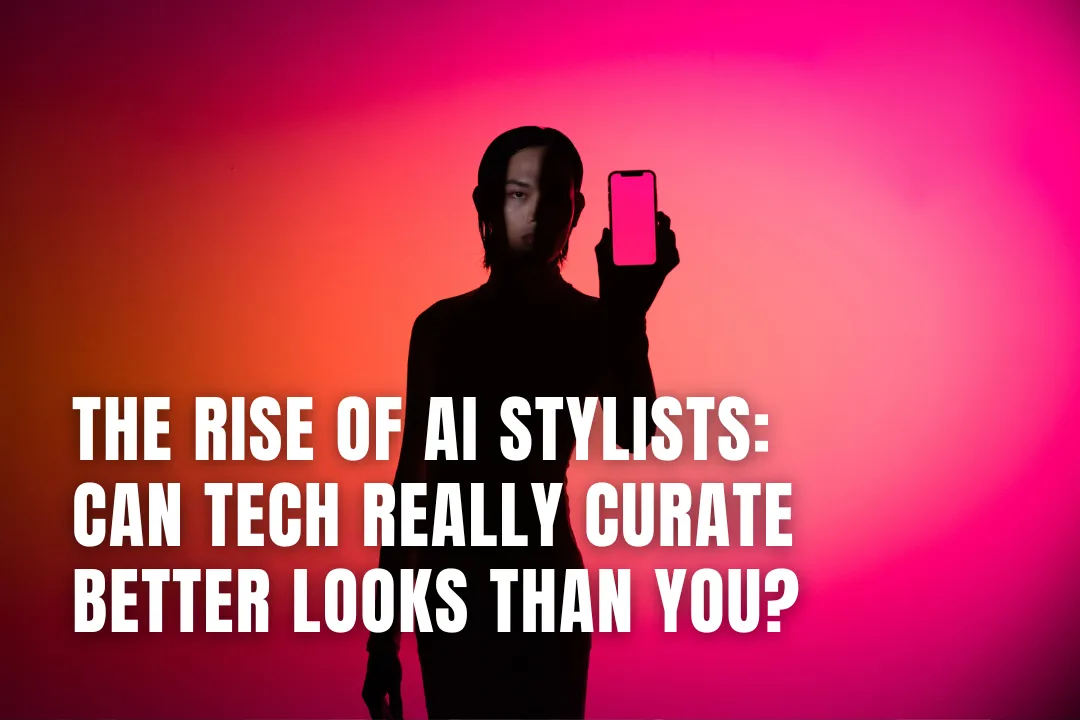
Technology is reshaping every corner of our lives, from how we communicate to how we shop. And now, it’s slipping into our wardrobes too. The rise of AI-powered stylists promises to revolutionize how we approach fashion. But can an algorithm really pick out outfits better than you?
An AI stylist is a tool powered by machine learning that curates fashion choices based on your preferences, body type, and even your mood. Some use quizzes, others analyze your social media feeds or past shopping behavior to make recommendations. Companies are investing in these tools to make shopping more efficient, more personalized, and in theory, more stylish.
Think of it as having a digital personal shopper who never sleeps, always remembers what you wore last summer, and knows exactly what’s trending.
AI stylists rely on data, and lots of it. They analyze style preferences, color choices, size charts, and more to suggest pieces that align with your tastes. Some even incorporate facial recognition or body scanning to get precise measurements.
There are several ways they tailor their suggestions:
This isn’t about pulling random looks from a catalog. These tools are designed to understand variances in taste, like the difference between liking a pastel shade and wearing it, or appreciating edgy streetwear but preferring minimalist outfits day-to-day.
One of the biggest perks of AI stylists is time-saving. If you hate shopping or don’t know where to start, a few swipes or clicks can land you a curated list of outfits. Some platforms have even rolled out virtual try-ons to make the process feel more like a dressing room experience.
Accuracy, though, can be hit or miss. While many users are impressed with how close the suggestions come to their style, others find the picks slightly off. That’s because AI still can’t fully grasp context: your fashion mood, event specifics, or the subtle vibe you’re going for at a brunch versus a boardroom meeting.
However, the technology is improving rapidly. With enough data and user feedback, these tools are getting better at understanding style intricacies.
Fashion is deeply personal. It’s not just about clothes but how they make you feel. Confidence, culture, identity; these are all wrapped up in how we choose to dress. And that’s where human intuition still leads the way.
Your best friend might know when you're having an off day and need an outfit that feels like armor. A stylist might sense you're ready to break out of your comfort zone and suggest something bold. An AI, for now, can only react to patterns in your data.
Still, tech can be a great starting point. It can introduce you to silhouettes you hadn’t considered or guide you toward brands that align with your values and budget.
AI stylists are especially handy when you’re looking for practicality without sacrificing style. Capsule wardrobe planning, occasion-based outfit ideas, and even vacation packing lists can all be streamlined with tech support.
Let’s say you’re hunting for something stylish yet comfortable for summer travel. Instead of spending hours scrolling, an AI can recommend options like jumpsuits that are sleek, breathable, and fuss-free. Platforms like this website curate standout pieces that merge convenience with trend-conscious cuts, giving you a curated shopping experience without the legwork.
Younger generations are driving the popularity of AI styling tools. Gen Z, in particular, is open to experimenting with technology and appreciates convenience. Social media-driven aesthetics have also shaped the way people shop with style quizzes, avatar dress-ups, and digital closets gaining traction.
With sustainability in mind, many tools even help you reimagine what you already own. They can create new combinations from your existing wardrobe, reducing the pressure to buy new clothes for every occasion.
As innovative as AI stylists are, they have their flaws. Here are a few areas where they still fall short:
Also, there's something satisfying about the tactile experience of shopping, feeling fabrics, trying things on, and discovering unexpected gems. That kind of sensory exploration still belongs to the human world.
Trust might be too strong a word. But can you use AI stylists as helpful tools in your fashion journey? Absolutely.
If you struggle with decision fatigue, want inspiration, or simply enjoy seeing new outfit ideas, AI stylists can bring fresh eyes to your wardrobe. They work best as collaborators, not replacements. Think of them as digital assistants that simplify the process and help you experiment more freely.
They won’t replace your fashion instinct, but they can support it, especially when your brain is too full to decide between stripes or florals.
AI stylists might not be perfect, but they’re changing how we interact with fashion. With better algorithms, more personalized data, and a growing understanding of human style, they’re becoming more than just a novelty.
But at the end of the day, your style is uniquely yours. Technology can recommend, but only you can define what makes you feel like the best version of yourself. And no algorithm can beat that.